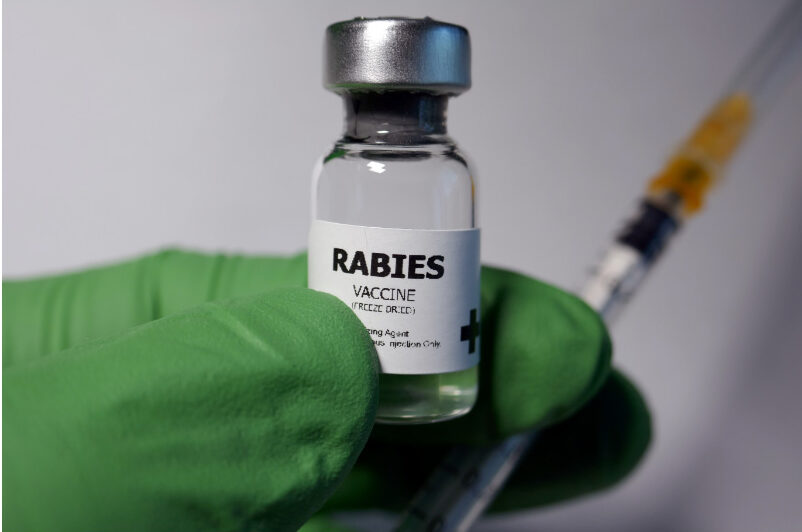Glucosamine for Dogs: Why It’s Important

Key Takeaways
- Glucosamine is a natural supplement that helps maintain joint health and comfort for dogs, making it crucial for active breeds and aging pets experiencing joint issues.
- Studies have shown that glucosamine supports cartilage health by stimulating new cartilage cell production and providing natural joint lubrication, leading to improved mobility.
- Dosage varies based on your dog’s size and needs. While generally safe, it is recommended to monitor any side effects and consult a veterinarian for personalized care.
It can be difficult for pet parents to watch their dog grow older and begin to slow down. However, the signs that you may consider a natural slowing down due to old age may actually be signs that your dog is experiencing joint pain, leading to an unwillingness for your dog to move around. Because regular exercise is important in maintaining healthy muscles, bones, and joints, your dog’s inactivity can lead to even more joint and muscle stiffness.
Fortunately, recognizing the early signs of joint discomfort can help you take proactive steps to support your dog’s mobility and overall well-being. Resources like PetHealthMD offer helpful insights into common symptoms such as stiffness, limping, or hesitation to jump that may indicate joint pain. Early awareness makes it easier to intervene with supportive care, and that’s where joint supplements like glucosamine can play a key role.
In this guide, we’ll take a closer look at why glucosamine is important for dogs, how it works, and how to choose the right option to help keep your pup moving comfortably. For related essentials, explore categories such as Dog Joint Supplements, Dog Vitamins, and Dog Health Supplies.
What Is Glucosamine?
Glucosamine is a natural substance found in your pet’s body, with the highest concentration found in healthy cartilage. The glucosamine in your dog’s body produces glycosaminoglycan, which is used to help form and repair body tissues such as cartilage. As your dog ages, the natural production of glucosamine in the body slows.
As a result, the natural repair process in the body slows, eventually leading to joint pain and stiffness. The ongoing wear and tear on your dog’s joints, combined with the slowed repair time of the cartilage, leads to the development of painful arthritis. The good news is that research has found that providing supplements of glucosamine for dogs can help rebuild cartilage, which can help restore your dog’s joint function and activity levels.

The Benefits of Glucosamine for Dogs
Glucosamine is best known for its powerful support of joint health in dogs. It plays a key role in maintaining and rebuilding cartilage, the soft, cushiony tissue between bones that helps your pup move comfortably and without pain. As your dog ages or begins to slow down, glucosamine helps stimulate the growth of new cartilage and provides lubrication to the joints.
For aging dogs or those showing signs of stiffness, glucosamine can be a game-changer. More than 60 percent of veterinarians now recommend glucosamine supplements because they’ve seen firsthand how it helps dogs regain mobility, energy, and their playful spark.
Here are some of the key benefits:
- Has an anti-inflammatory effect, helping to reduce your dog’s pain
- Helps restore joint health naturally, increasing mobility
- Improves lubrication in your dog’s joints
- May reduce or eliminate the need for NSAIDs
With the right support, your dog doesn’t have to slow down too soon. Glucosamine offers a gentle, natural way to help them stay active and happy.
How to Determine the Right Glucosamine Dosage for Dogs
Every dog is different, and their ideal glucosamine dosage will depend on their age, size, and joint health needs.
General dosage guide:
- Small dogs under 25 lbs: 250–500 mg per day
- Medium dogs 25–50 lbs: 500–750 mg per day
- Large dogs over 50 lbs: 750–1000 mg per day
It’s usually best to begin with a higher loading dose for the first 4–6 weeks, then switch to a maintenance dose. Always give glucosamine with food to avoid digestive upset.
Alternatives to Glucosamine for Joint Health
If your dog isn’t responding well to glucosamine or you want additional joint support options, consider:
- Chondroitin helps maintain cartilage structure.
- MSM supports flexibility and reduces inflammation.
- Omega-3 fatty acids improve mobility and reduce stiffness.
- Physical therapy and hydrotherapy strengthen muscles gently.
- Acupuncture may help reduce chronic joint pain.
- Bone broth provides nutrients that support joint and gut health.
Frequently Asked Questions About Glucosamine for Dogs
When will I notice improvements in my dog’s movement?
Most dogs improve within 4 to 6 weeks of consistent glucosamine use.
Is glucosamine safe for my dog to take long-term?
Yes, glucosamine is generally safe for long-term use. Consult your veterinarian for personalized guidance.
What signs might suggest my dog isn’t tolerating glucosamine?
Watch for decreased appetite, digestive changes, or increased thirst.
Can I combine glucosamine with other joint supplements?
Yes. Many pet parents combine glucosamine with chondroitin or MSM.
Making Informed Decisions for Your Dog’s Health
Supporting your dog’s physical health with glucosamine can make a real difference in their comfort and happiness. Whether caring for a senior dog or a younger pup with joint concerns, joint health should be a priority.
Talk to your vet about whether glucosamine is a good fit for your pup and explore high-quality joint supplements in the Dog Category.





